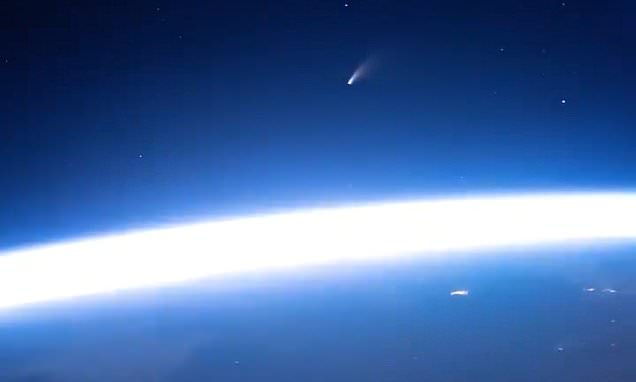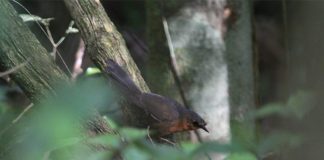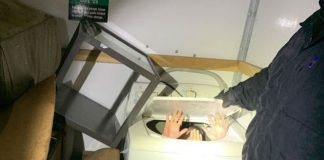A comet visiting from the most distant parts of our solar system is putting on a spectacular nighttime display. The comet C/2020 F3 NEOWISE made its once-in-a-lifetime close approach to the sun on July 3 and will cross outside the Earth’s orbit on its way back to the outer parts of the solar system by mid-August.
“For the next couple of days, Arizona viewers can catch a glimpse of the comet in the early morning northeastern sky near the horizon between 4 and 4:30 a.m.,” said Amy Mainzer, a University of Arizona professor of planetary sciences. “Then, on July 11, it will begin to be visible in northwestern sky just after sunset, just below the constellation Ursa Major,” which contains the Big Dipper.
Mainzer is the principal investigator of NASA’s Near-Earth Object Wide-field Infrared Survey Explorer, or NEOWISE, mission, which discovered the comet on March 27.
Its very close passage by the sun is cooking the comet’s outermost layers of gas and dust and lofting them into a large, wide tail of debris, yet the comet has managed to survive this intense roasting. Observers all over the world—and off it—are racing to capture this natural firework display before the comet speeds away into the blackness of space. Even the astronauts aboard the International Space Station spotted it from their vantage point high above Earth’s surface.
Observers might be able to see the comet’s central core, or nucleus, with the naked eye in dark skies; using binoculars will give viewers a good look at the fuzzy comet and its long, streaky tail, which looks a bit like the beam of a flashlight pointing up.
NEOWISE spotted the icy visitor using its two infrared channels that are sensitive to heat signatures given off by the object baking in the sunlight.
The NEOWISE spacecraft—originally named the Wide-Field Infrared Survey Explorer, or WISE—launched in December 2009. WISE was not designed to study asteroids and comets and is now long past its expected lifetime of seven months. Although incapable of discovering large numbers of near-Earth asteroids and comets, the spacecraft has provided information on asteroid and comet numbers and sizes based on a small sample of them. NEOWISE was repurposed for this use in 2013 by what is now known as NASA’s Planetary Defense Coordination Office.
“In its discovery images, comet NEOWISE appeared as a glowing, fuzzy dot moving across the sky even when it was still pretty far away. As soon as we saw how close it would come to the sun, crossing inside the orbit of Mercury, we had hopes that it would put on a good show,” Mainzer said.













